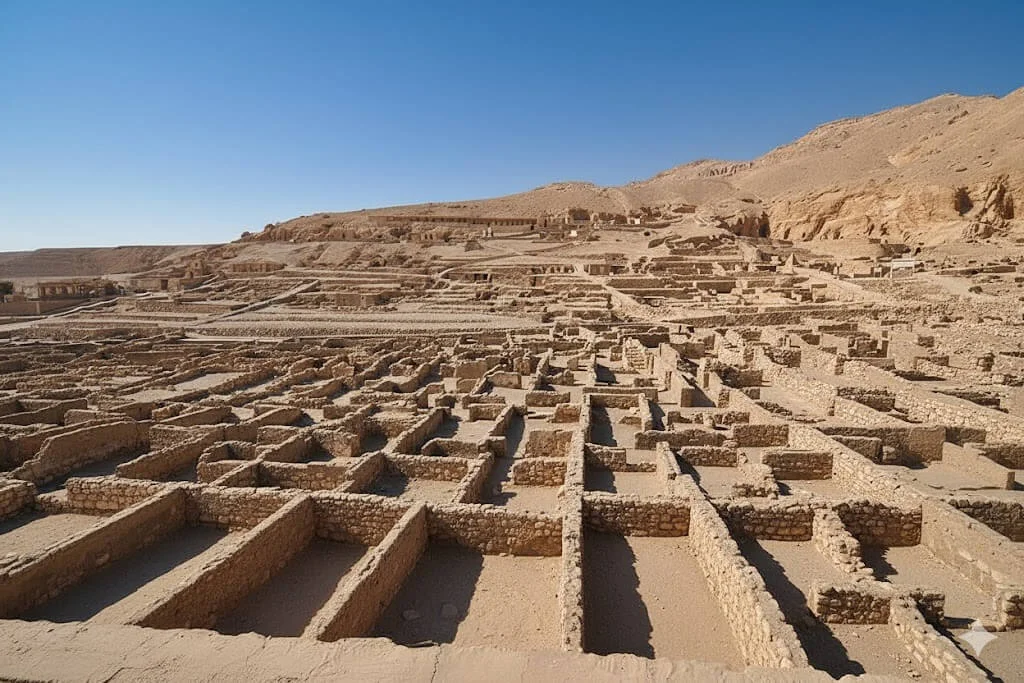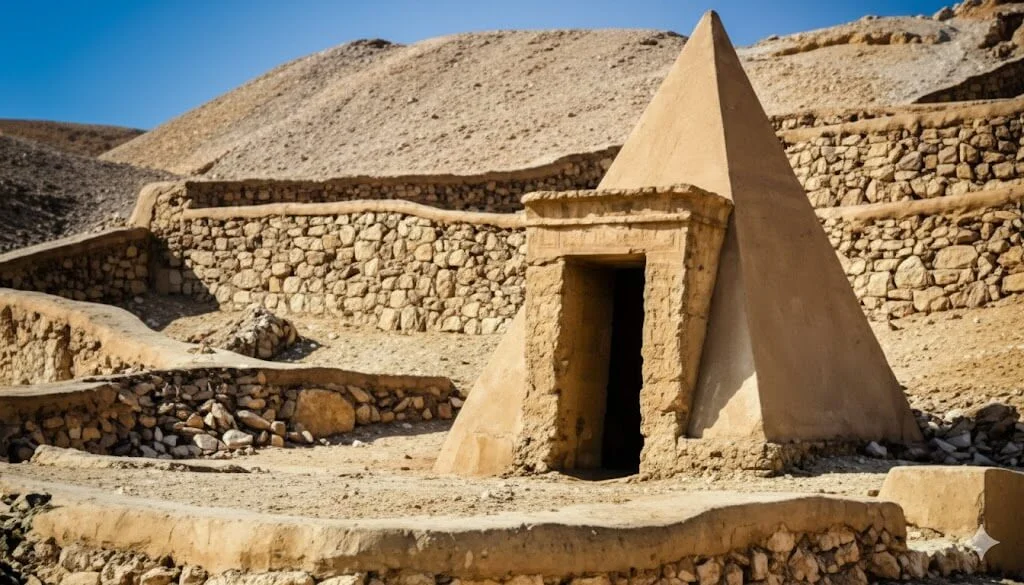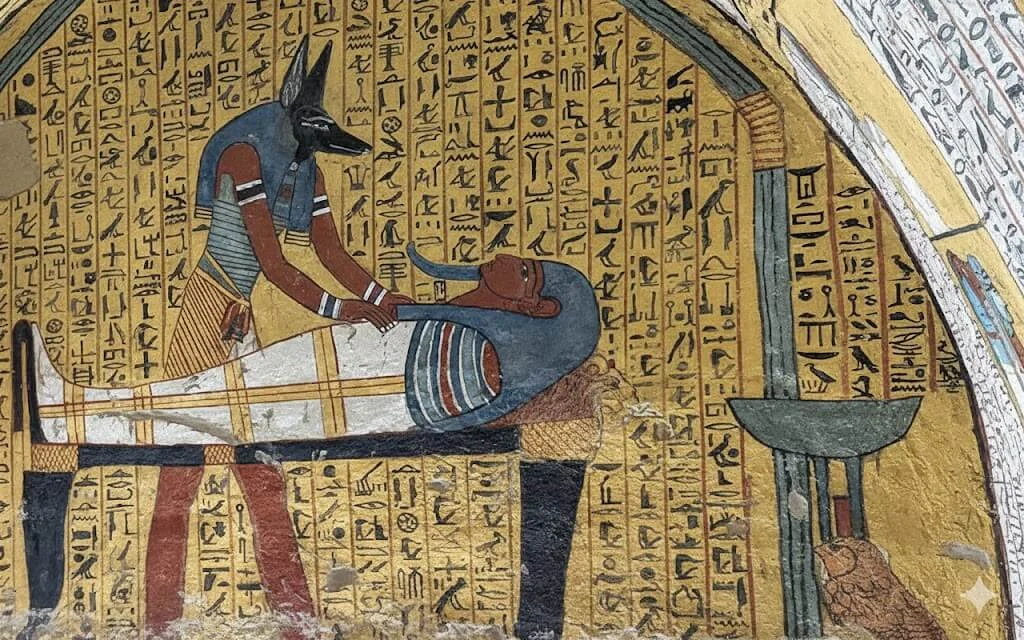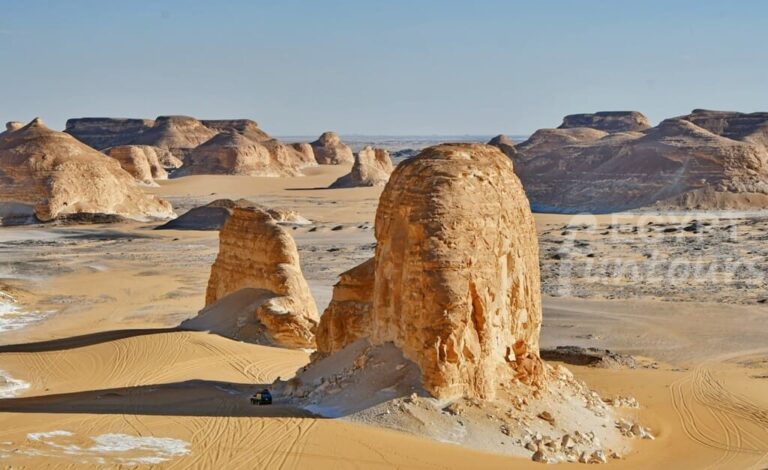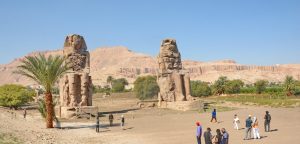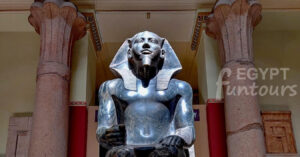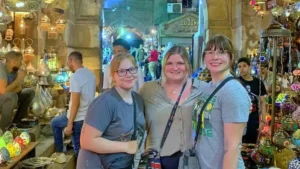When you stand in a Valley of the Kings tomb, vibrant paintings and intricate carvings surround you. These masterpieces have defied millennia. You are witnessing the eternal genius of a special group: the artisans of Deir el-Medina. While pharaohs ordered these tombs, this elite community of workmen actually chiseled, painted, and carved them into existence.
For centuries, these artisans lived in a secret, self-contained village hidden in the Theban hills. But who were these men? They weren’t slaves; they were highly-skilled, respected professionals. Holding one of the most unique ancient Egyptian jobs possible, they lived, worked, and even protested together. Let’s explore the fascinating world of the artisans of Deir el-Medina, the true masters behind the pharaohs’ eternal homes.
What Was Deir el-Medina? The Village of the Workmen
Deir el-Medina, known in antiquity as Set Maat (“The Place of Truth”), is a unique site on Luxor’s West Bank. Today, we simply call it the “Village of the Workmen.” This was no ordinary Egyptian town. The state built this settlement with a clear purpose. They intentionally isolated it in a desert valley, yet it was still within walking distance of the Valley of the Kings and the Valley of the Queens.
This isolation served a crucial purpose: state-level secrecy. The village housed the artisans of Deir el-Medina and their families, effectively quarantining them from the public. This secrecy was vital for protecting the royal tombs from grave robbers. It ensured the secret locations and security features of the tombs remained safe. A large wall surrounded the entire village, and soldiers guarded its single gateway.


